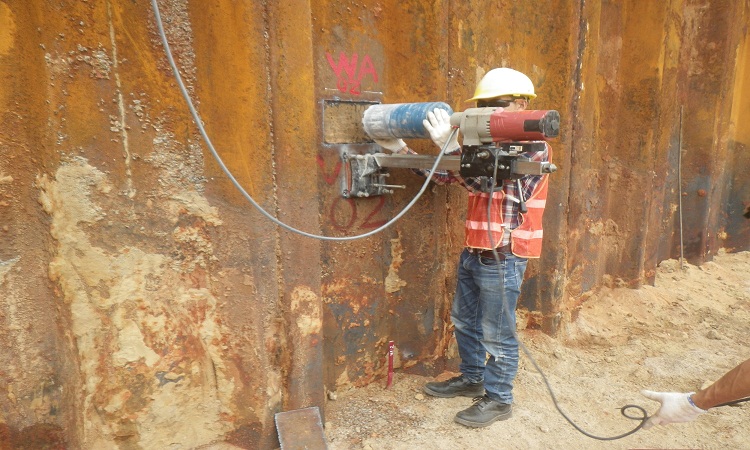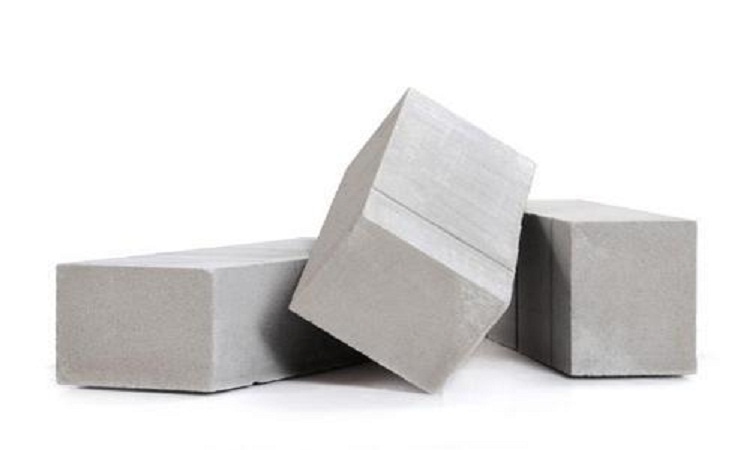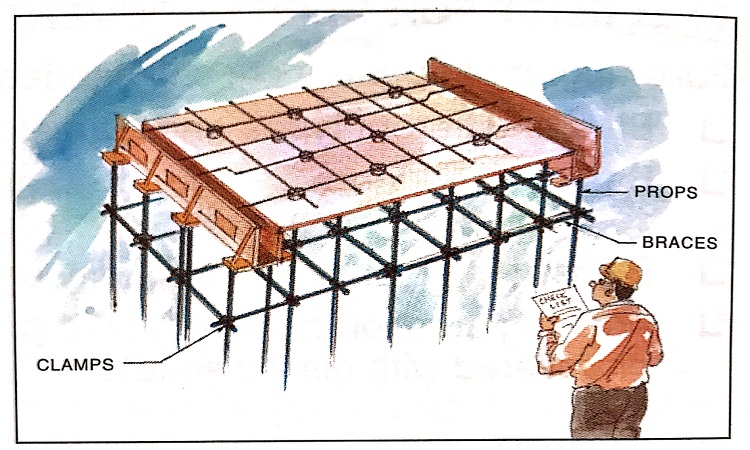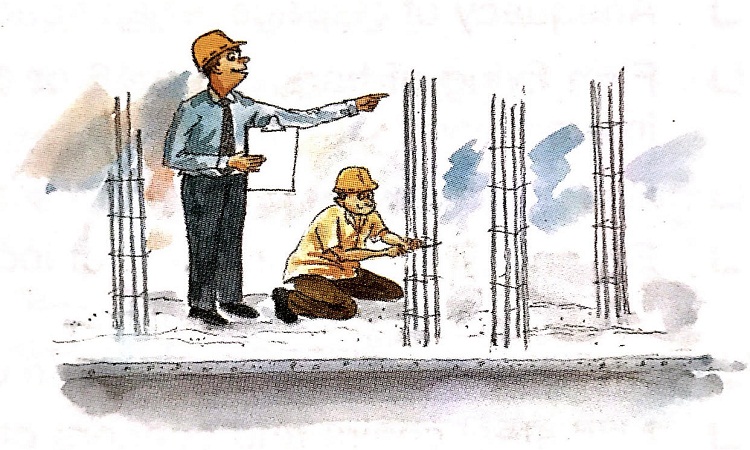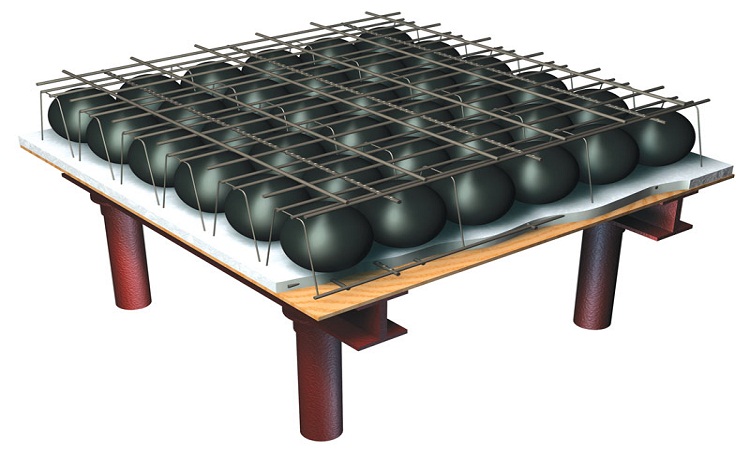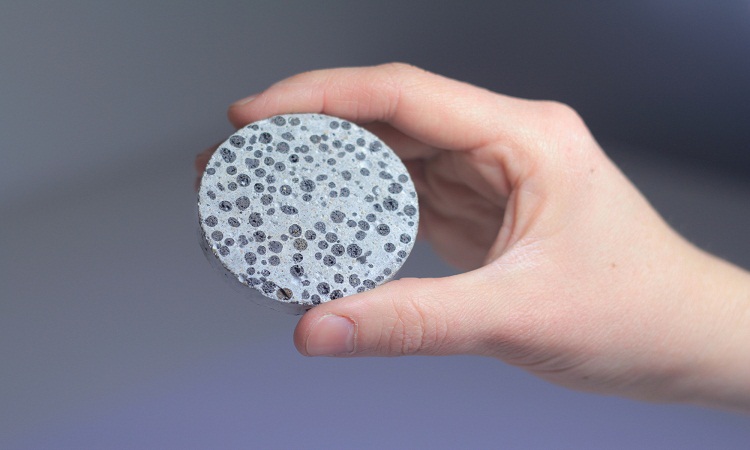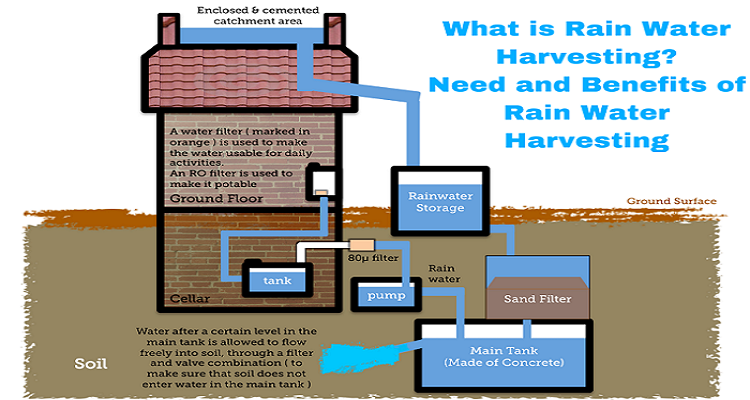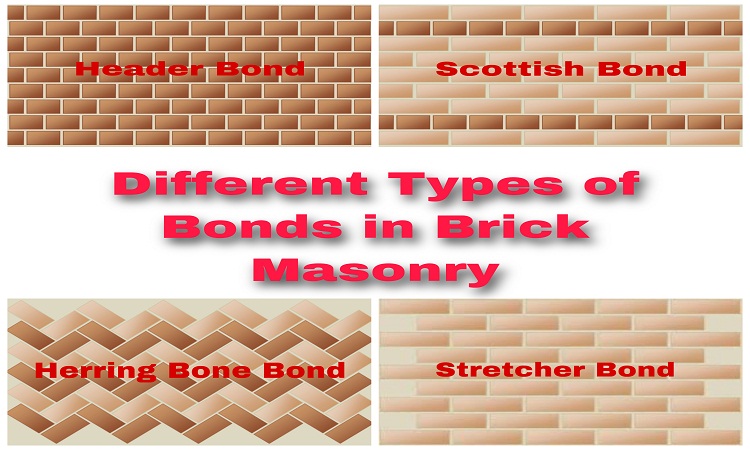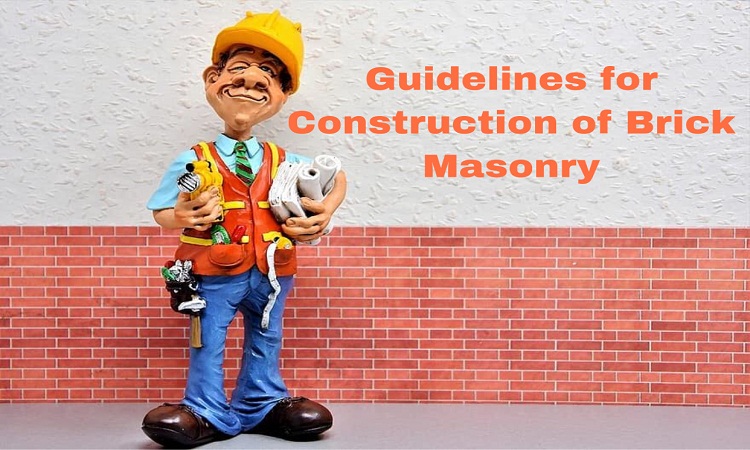A concrete core test is a very famous and well-established testing method for the compressive strength of the hardened concrete. Concrete core testing enables visual inspection of the interior regions of the concrete member which is also related to strength estimation. Concrete coring also enables to evaluate other properties of…
Concrete Slump Test for Workability – Types of Slumps, Procedure and Acceptance Criteria of Slump Test
What is Slump Cone Test? A Slump test or Concrete slump test is to determine the workability or consistency of the concrete mixture prepared in the laboratory or at the construction site during the progress of work. The concrete slump cone test is used for the measurement of a property…
What is Cellular Lightweight Concrete? Types, Advantages and Applications of Cellular Lightweight Concrete
What is Cellular Lightweight Concrete (CLWC)? Cellular lightweight concrete (CLWC) is a mixture of cement, water, and pre-formed foam. This material is mixed to a pumped into any void and specified density. The fundamentals are simple, but the application and the ability to mix properly and at high production rates…
Formwork checklist during Concreting and Striking
Formwork Installation is one of the most cost-oriented and complicated works on-site, consuming considerable time. Many times accidents and serious damages during construction are caused due to unsafe or incorrect practices in formwork. Formwork is also responsible for the shape of the structure and surface finish and therefore it contributes…
Checklist for Reinforcement Work
Reinforcement Steel plays a vital role in the strength of the concrete structure as well as its durability. Checklist for Reinforcement Steel – Material The following needs to be checked before clearing the material: Type (mild steel / high strength deformed or twisted / corrosion-resistant steel) Grade (based on chemical…
Bubble Deck Slab – Its types, Principle, Application, Structural Properties, Advantages and Disadvantages
What is Bubble Deck Slab? Bubble Deck is an innovative new technology that replaces a significant percentage of a concrete slab’s mass with hollow or foam filled plastic balls. In technology terms, it creates a voided biaxial slab. The “bubbles” are sandwiched between the top and bottom meshes creating a…
What is Bacterial Self Healing Concrete? Its History, Application, Advantages, and Disadvantages
Bacterial self-healing concrete is an innovative technology allowing repairing open micro-cracks in concrete by calcium carbonate (CaCO3) precipitation. This biotechnology improves the durability of the structure. Abstract Nowadays alternative approaches in construction technology are evolving rapidly in a bid to crucial the environmental hazards and low sustainability imparted by the…
Rain Water Harvesting
Background Many parts of India receive enough rainfall to have clean and drinkable water throughout the year. However, water management in India woefully lacks the capability to store and distribute water properly. Rapid urbanization has accelerated the demand for water. At the cause of depleting rainfall and groundwater levels. It’s…
Different Types of Bonds in Brick Masonry
Bonding is a process of arranging bricks and mortar to tie them together in a mass of brickwork. It is a weak portion of brickwork and therefore should not be continuous in two successive courses. A wall having continuous vertical joints will act as an independent column, hence in such…
Guidelines for Construction of Brick Masonry
Introduction Brick is a building material made of hard inorganic clay of a size that can be conveniently handled. Bricks can be easily arranged into various shapes for most of the structures. The strength of brick masonry works depends upon the quality of bricks, type of bond, proportion, and quality…
